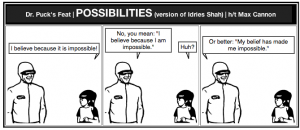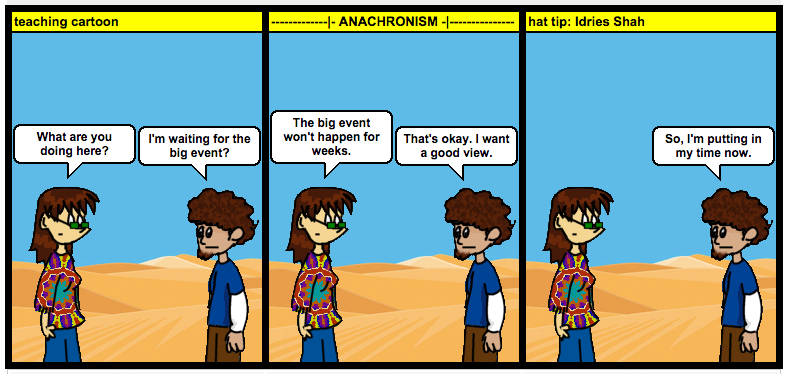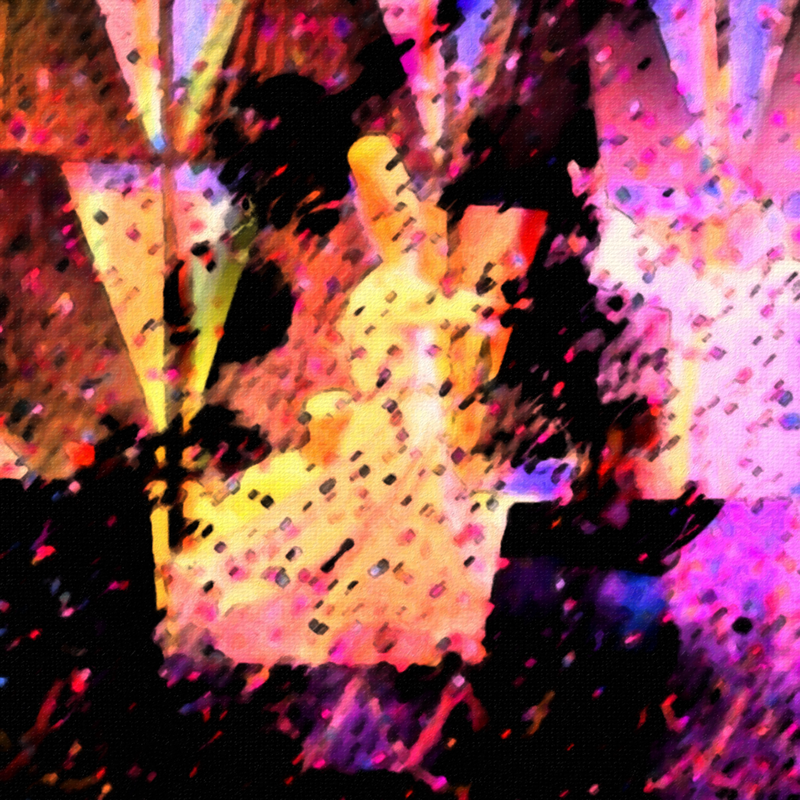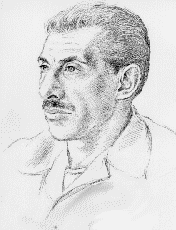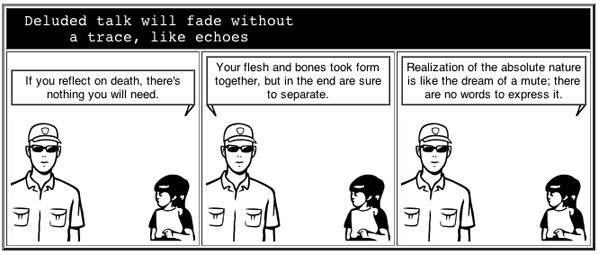
Bardo, A (Stephen Calhoun, 2015)
Indivisible
Forgive & let go
open the head
free the heart
be wary of vengeance
a life for a death
if you can’t
see anyone entire
there’s no one
there
not even you
aha aha
death is a giving up
risen as having gone
to be
the theatre of art
the spirit of fact
what you don’t know
give into
what the mind thinks
happens
(Vincent Ferrini, The Pleroma, 2008)
Kenneth Warren wrote the Introduction.
Pomegranates
A young man had finished his schooling and thus was hanging around the house.
His mother told him, “It is exactly the right moment to figure out what you are going to do with your life.”
The young man nodded his head. He also decided to get out of the house and spend more time in the village and observe what was going on every day there–because he hoped he would discover a clue about what he was to do.
For most of the next month he did exactly this. Over those weeks he found himself gravitating to a healer, a specialist in the ills of the back and spine. He observed people barely able to make it through the front door because their pain was so bad. He observed people returning after their treatment too. He figured these were follow up visits. These people were apparently free of back pain.
One day he announced to his mother,
“I’m going to ask the good back doctor, Dr. Fine, if he will take me on as an apprentice.”
His mother turned to him and nodded.
The young man felt good about his decision. One morning he knocked on the door moments after he had observed Dr. Fine arrive for the day’s consultations and treatments. He asked the doctor if he might need an apprentice. The doctor thought for a long moment and replied:
“Yes, you can join me as a student. All you’ll be required to do is watch closely, and, hold all your questions until I come to feel you have spent enough time watching.”
The young man thought to himself, ‘Simple enough,’ and nodded, and told Dr. Fine,
“Thank you very much!”
Over the next several months, the young man arrived everyday at the same time, put on a white lab coat, and, dutifully watched Dr. Fine work with, and on, his patients. As his time being watchful grew, the young man’s list of questions began to shrink.
Then one day, a middle-aged gentlemen somehow dragged himself into the examination room in a terrible state and in pain so great it was hard to watch. But Dr. Fine took a history, had the man lie down and rest, and then sent him home after asking him to make an appointment for a week later.
The young man was surprised by this case. All the previous worst cases looked the same: Dr. Fine would take a history, do an examination, have the patient lie down and rest for an hour, and then he would give the patient a quarter of a pomegranate. He would direct the patient to eat a tenth of the pomegranate each morning. Finally he would schedule a follow up to take place three weeks after the ten day course.
The young man had been Dr. Fine’s watchful apprentice long enough to see how wonderfully effective the pomegranate cure was for the persons stricken with the most terrible back afflictions.
This case was different. At Dr. Fine’s request, this same patient came back three times, and, each time he was sent away without the curative pomegranate. Finally, on the fourth visit, Dr. Fine gave the man the usual course of pomegranate.
A month later this same patient strode through the door for his follow-up appointment. He declared himself ‘a new man,’ and Dr. Fine nodded his affirmation.
The young man bit his tongue. Still, when Dr. Fine closed up for the day, as both stood on the small front porch, the young man turned to Dr. Fine and put to the good doctor his very first question,
“I have to ask this question, for I am disturbed to observe you give your worst cases the pomegranate medicine on their first visit, yet this patient today was made to wait a month. Why?”
The doctor put his hand on the young man’s shoulder,
“You see, every case is actually different, and is unique in its own way. The patient today presented a very difficult case and, likewise, the treatment recognized this, for where many unique cases are resolved by the pomegranate and healing regimen, in this man’s case, his difficulties could only be resolved by time and pomegranates.”
With this, Dr. Fine, nodded, turned in the direction of walk home, and departed for the day.
(Adapted from a cassette recording of a presentation of Idries Shah.)

